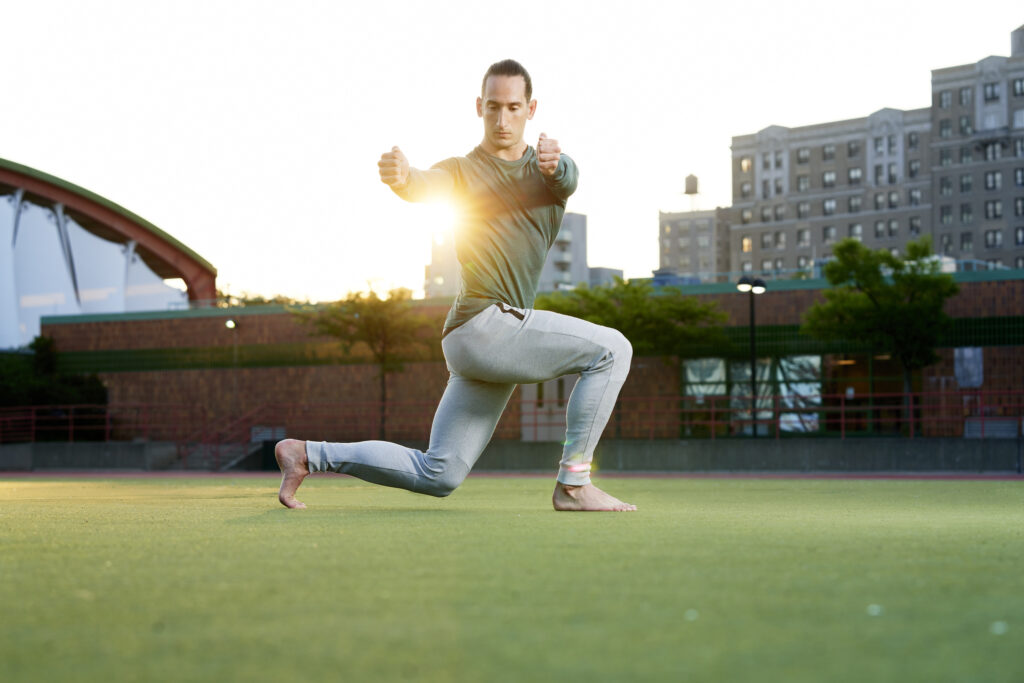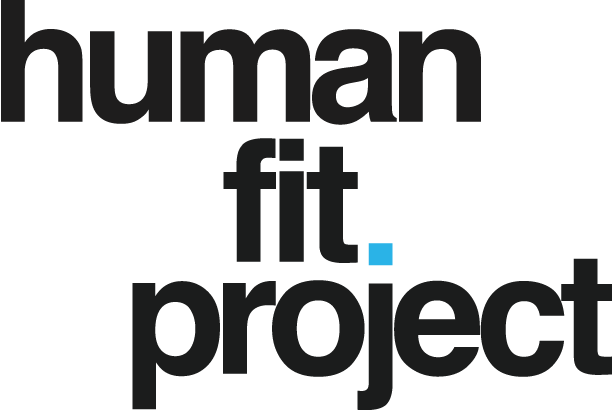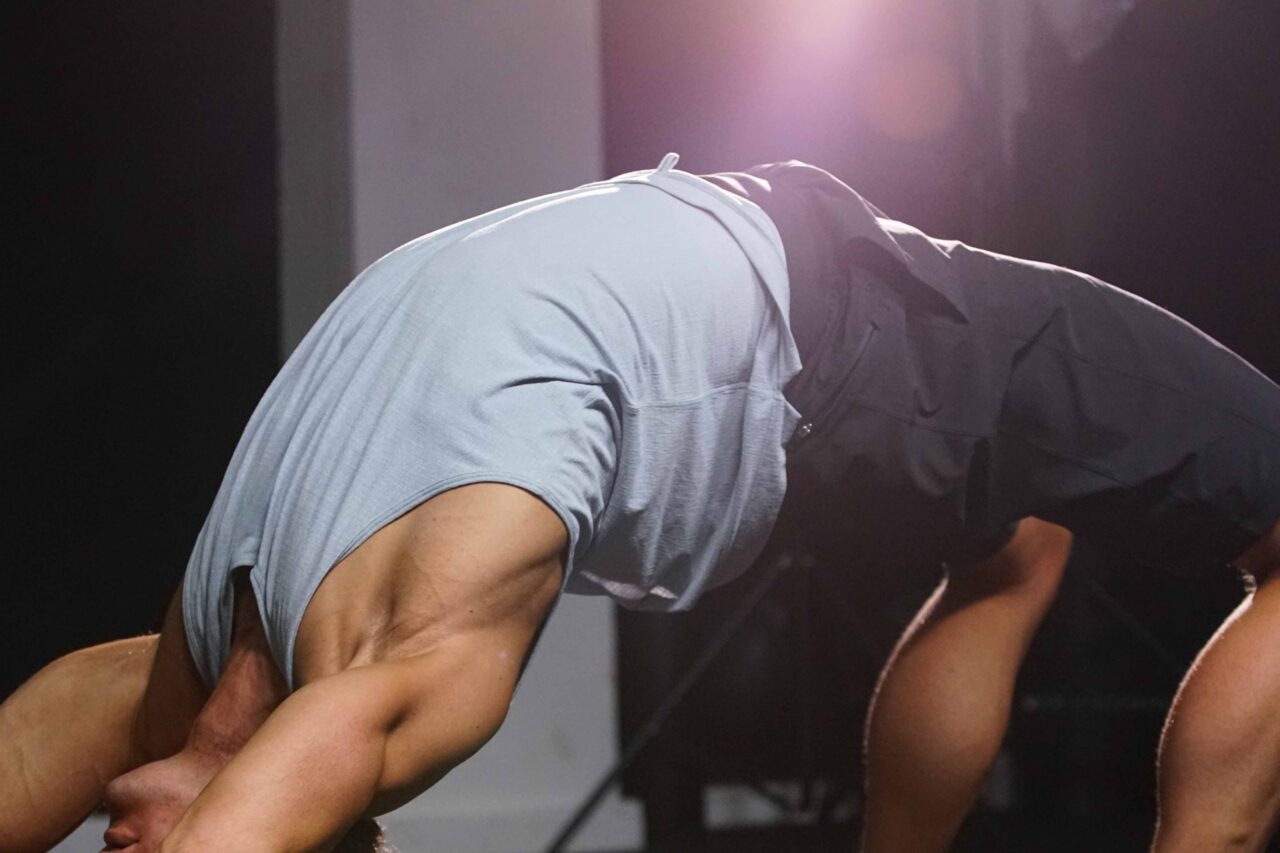Yoga for lifters is a game changer. Integrating the practice into a weightlifting routine might seem unconventional at first, but the synergy between stretching and strength training can significantly enhance your performance and overall fitness. Yoga not only increases flexibility and range of motion but also boosts mental focus and muscle recovery, making it a perfect complement to the demands of weightlifting.
Related: 35+ free workouts for different goals and ability levels
The holistic boost
Yoga serves as more than just a tool for recovery, it’s key in transforming your strength training into a more holistic form of self-development. When you’re incorporating yoga into your regimen, you gain access to a broader range of motion, which is critical for executing lifts with impeccable form. Additionally, the mindful breathing and meditative aspects of yoga improve focus and reduce stress, allowing for more concentrated and effective workouts.
Understanding yoga and its benefits for lifters
Yoga basics
Yoga’s roots stretch deep into ancient Indian tradition, encompassing a rich blend of physical postures (asanas), breathwork (pranayama), and meditation. While commonly associated with flexibility and calmness, yoga offers robust benefits that are particularly aligned with the needs of weightlifters. For instance, dynamic styles like Ashtanga or Power Yoga bring a cardiovascular element to traditional stretches, which can be incredibly beneficial for lifters looking to enhance their aerobic capacity alongside muscle endurance.
Physical benefits
Regular yoga practice increases flexibility and core strength, important for maintaining proper posture and alignment during lifts. By enhancing balance and stability, yoga can help correct the muscular imbalances often caused by repetitive weightlifting movements, leading to improved performance and reduced risk of injury.
Mental benefits
Yoga sharpens mental focus and concentration through mindful breathing and meditative practices. This mental clarity can translate into more focused and productive workouts, helping lifters to stay present and engaged with their exercises.
Why lifters should incorporate yoga

Injury prevention
Yoga improves flexibility and enhances range of motion, which are vital for performing lifts with proper form. This not only helps prevent common injuries like muscle strains and ligament tears but also ensures the longevity of your lifting career by maintaining joint health and muscle elasticity.
Strength gains
Flexibility gained from yoga can lead to better biomechanics during lifts. For example, deeper squats and improved shoulder mobility allow for more effective and safe workouts. This can lead to more significant strength gains as muscles can work more efficiently.
Recovery
Yoga promotes faster recovery by enhancing blood circulation to tired muscles, facilitating quicker nutrient and oxygen delivery, which aids in repair and growth. The gentle stretching and relaxation techniques in yoga help reduce muscle soreness and stiffness post-training.
Related: A perfect day of recovery for high performers
Integrating yoga into your lifting routine
Frequency and timing
Incorporating yoga two to three times per week on rest days or as part of your warm-up or cool-down routine can maximize its benefits without overtaxing the body. Even 10-20 minutes of yoga before or after lifting can significantly impact flexibility and recovery.
Specific poses for lifters
- Child’s pose: Releases tension in the back, shoulders, and chest.
- Pigeon pose: Opens up the hip flexors and lower back, areas often tight in lifters.
- Warrior series: Strengthens and stretches the legs and core while improving balance.
- Cobra pose: Enhances spinal flexibility and strengthens the lower back.
- Downward dog: This pose stretches the entire back and improves the flexibility of hamstrings, which is beneficial for deadlifts and squats.
- Twisted lunge: A great pose for opening the hip flexors and improving the rotational mobility, key for maintaining form and balance during complex lifts.
Addressing common concerns and misconceptions
Many lifters worry that yoga might decrease their muscle gains or isn’t challenging enough. However, yoga complements strength training by improving muscle elasticity and joint health, which are very important for long-term strength and performance. Yoga can be as challenging as you make it, with advanced poses and sequences that can significantly enhance physical conditioning.




